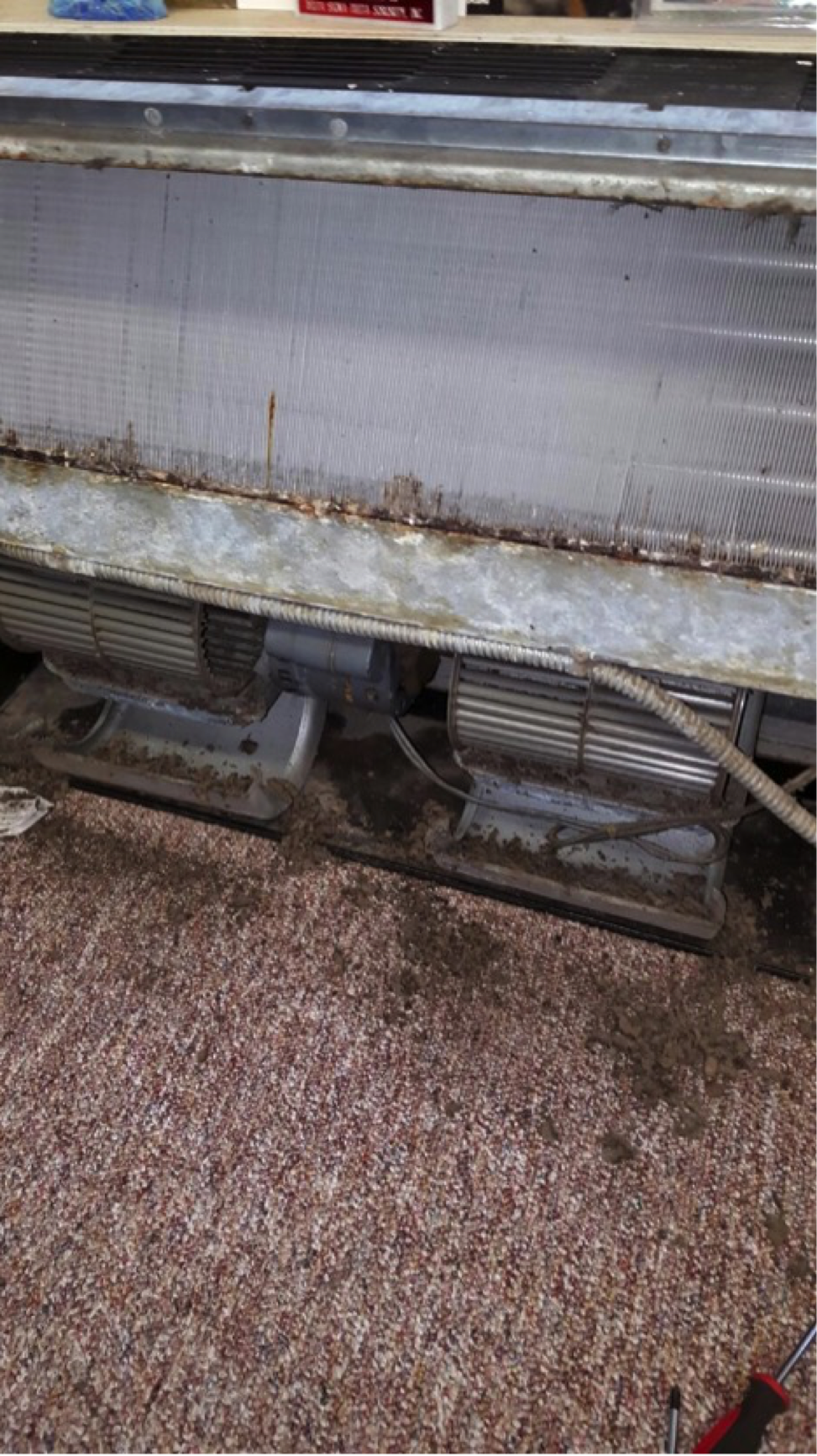
BY ANNA BELMONTE
Staff Writer
Sally Mayhew, Vice President of Administration and Finance, provided a closer look at what conditions in Clark Hall posed a health hazard and what was done to clean the building and make it safe for faculty and staff to move back into.

In old buildings, like we have at McKendree, deteriorating foundations are not uncommon. As they age, cracks form imperceptibly, which allows water to leak inside the building. Around Clark Hall, outside drainage improvements helped move water away from the building in heavy rains, but even this measure wasn’t enough to ensure water-tightness during heavy rainfall. Cracks in the foundations may have been responsible for letting in damaging amounts of water that led to the mold issues experienced in Clark.
The first indicator that there was excessive mold came in the form of illnesses. Director of Show Choir Adam Pulver came down with pneumonia earlier in the semester, but it’s difficult to know the cause and whether or not the ailment came from exposure to mold. Mayhew emphasized that people have allergies to any number of things and even different types of mold. And, since mold exists in any building or outdoor space, people with sensitivities to it will experience symptoms.
However, a notable number of faculty and staff working out of Clark Hall experienced health issues, such as difficulty breathing, coughs and other allergy symptoms. One person came down with bronchitis. While it’s impossible to know the cause of these various health issues, the number of people experiencing them in one semester was abnormal and warranted investigation.
Mayhew explained that the same types of mold exist both inside and out, and, to test for abnormal mold levels inside, an outside environmental consultant tested both outside air and inside air. While finding some mold in the building is considered normal, if the inside air has more mold than outside, then the building has excessive and dangerous amounts of mold.

The highest concentration of mold was found in a couple of the basement offices, namely Pulver’s. Less extreme work needed to be done on the higher floors of Clark.
According to Mayhew, since extensive work was going to be done by contractors eradicating the mold, the tiles covering the floors in the basement were also removed. This is because the glue, or mastic adhesive, used to tile the floors in Clark contained asbestos, a natural silicone mineral that is frequently used for insulation, and asbestos, when crumbled over time, was found to be harmful and the cause of sometimes extreme illness in those exposed to it. Asbestos was consequently banned in many countries and is being removed from homes and offices everywhere.
In Clark Hall, to strip away all potential hazards, they stripped away the tiles that contained asbestos and replaced them.
After years of taking in poorly drained water, the carpet in Clark housed mold colonies and had to be replaced. The university took the opportunity to replace the carpeting in much of the basement with tile. The air ducts also underwent renovations.
During the mold removal, air in the cleanup areas passed through a filter to protect the rest of the building. Physical Plant had the consultant retest the air to make sure it was cleaner.
The repairs to Clark haven’t taken long but are thorough nonetheless. “They want a long-term fix,” says Mayhew. Massive building renovations come infrequently, and Physical Plant is taking care of anything that may prove a hazard in the future. “We don’t want to endanger anyone’s health,” says Mayhew.
Now that the mold hazard has been eradicated, Clark Hall is returning to its normal use. The third floor, which required less extensive work, is completely back in operation. Faculty and staff have all moved back into the building, except Pulver and others whose offices are located in the basement.
Though the basement has been cleaned out, contractors are waiting to rebuild the walls until they are sure the foundation has been sealed. After an anticipated rain, they will be able to detect any issues and see if the basement is thoroughly water-tight.
The rest of the faculty and staff who have returned to their offices in Clark Hall are glad to be back. Dr. Joni Bastian, Vice President of Student Affairs, recognizes the work of Steve Barz, McKendree University Physical Plant and the contractors in repairing her office and those of her colleagues.
“My office was cleaner when I returned than it has ever been,” remarks Sarah Klucker, Director of Leadership and Student Development. Those who have moved back to Clark are hoping the basement will be finished soon so their colleagues can return to their offices.
According to Mayhew, some classes are also moving back to the upper floors of Clark. For

convenience, other classes are keeping to the buildings they were reassigned to until the end of the semester.
When you attend classes in Clark Hall, hang out in the lounge or visit Student Affairs’ offices, appreciate the transitions faculty and staff had to make and are still making. Especially appreciate the work done to clean the old building and get it back in running order.